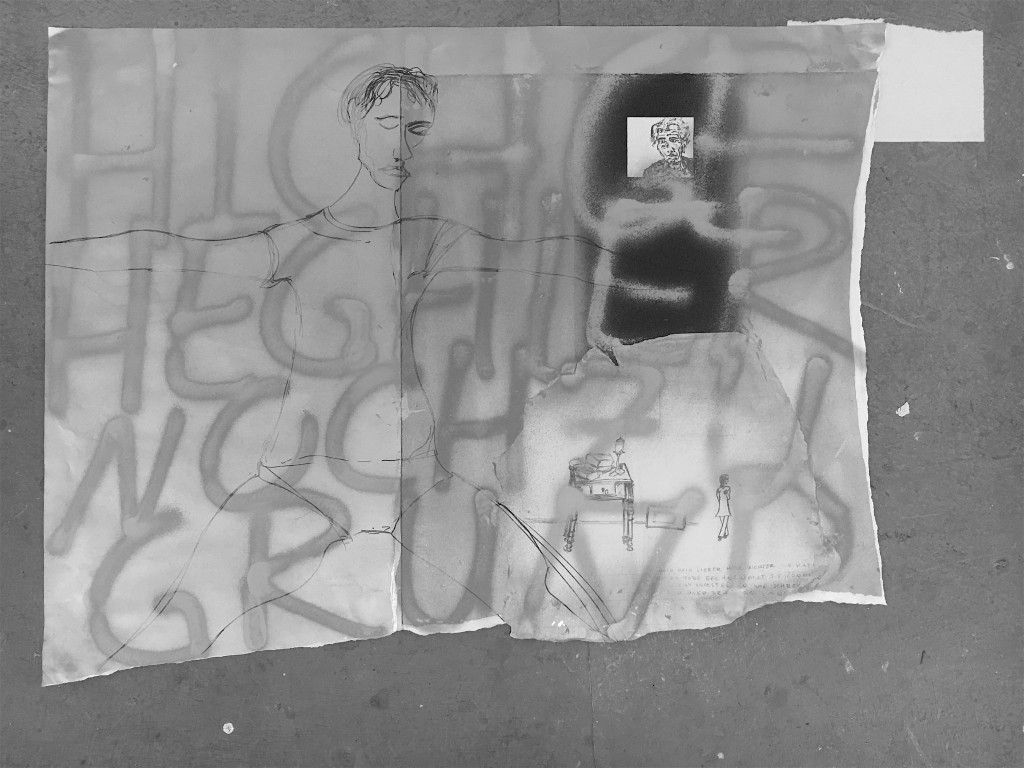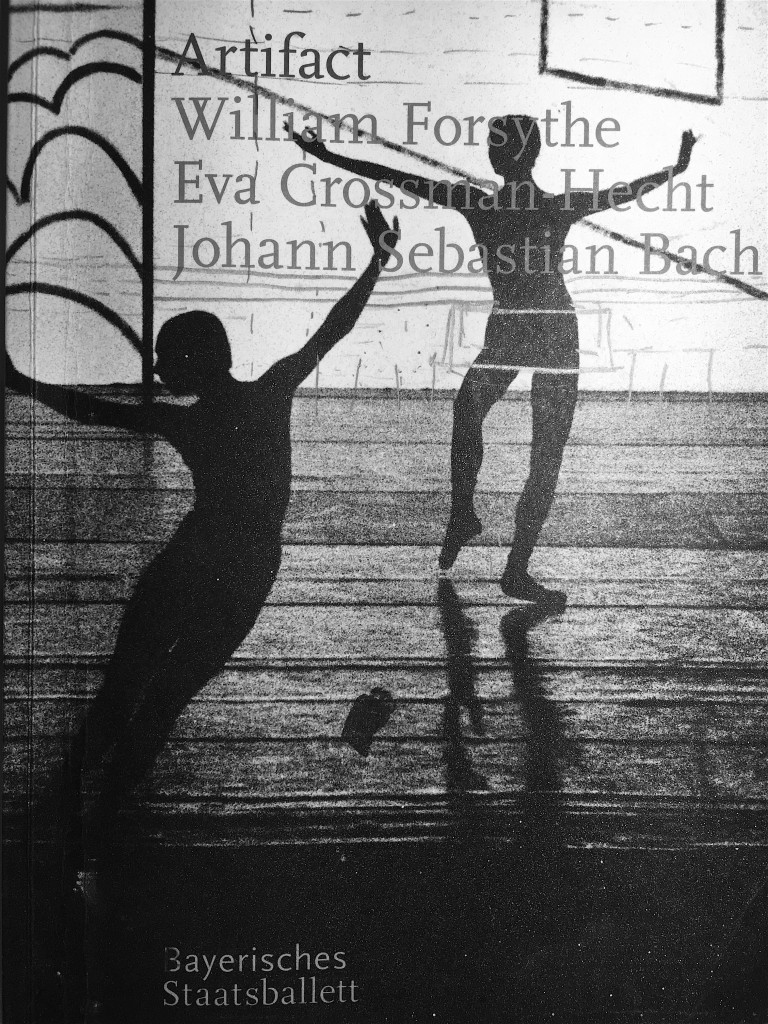‘ … When I am standing in front of the Mondrian’s De Stijl-compositions, I see finally someone cleared up. I recognize order, arrangement, system and a composition, which allows to show a cutout of the wholeness; an universal language, which submit to tell about all details, natural and abstract reality: an universal solution for the wholeness. So De Stijl finally cleared up for me to deal with everything, what happens around me and in the world in general, including language, thinking, writing, living, phenomenology. The best place for me for finding existence is a cutout of a wall in the public space including order and disorder, organisation and disorganisation, intention and coincidence. I am looking for the wholeness today, some call it psychic abstraction. ‘
Finally cleared up
Veronika Wenger, Munich 2016
BOOGIE WOOGIE RHYTHM SECTION
100 YEARS AFTER DE STIJL
01.12. – 25.01.2018
Karin Wimmer Contemporary Art, Munich
Anneke Bosma
Karina Bugayova
Christoph Dahlhausen
Iemke van Dijk
Daniel Geiger
Henriëtte van ‘t Hoog
Oleksiy Koval
Guido Nieuwendijk
Xiao Tang
Marije Vermeulen
Veronika Wenger
Guido Winkler
Michael Wright
amalienstraße 14 80333 münchen
tel.+498950006940 mob.+4917624756601
mail@karinwimmer.com www.karinwimmer.com



























